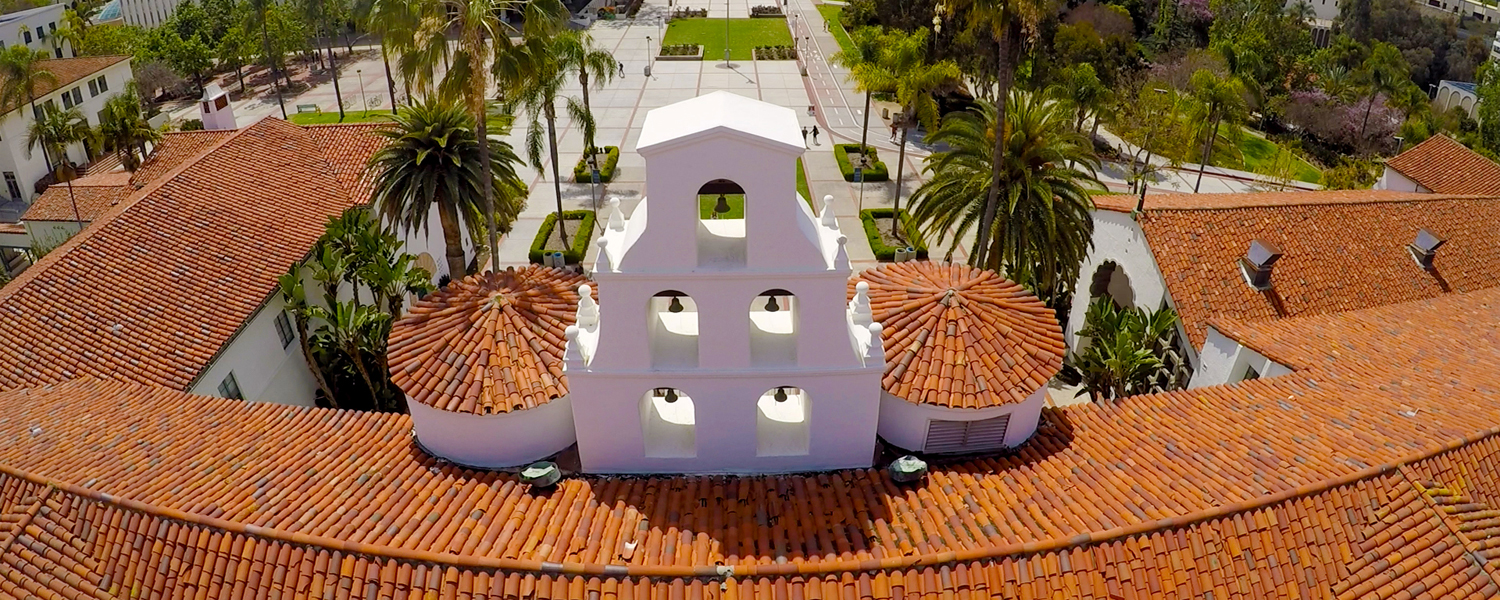Southwest Consortium for Environmental Research and Policy
IRSC served as the SDSU representative for the Southwest Consortium for Environmental Research and Policy (SCERP), a university consortium dedicated to applied environmental research of the U.S.-Mexican border region. SCERP was created by the U.S. Congress in October 1990 in legislation that stated the consortium was to initiate a comprehensive analysis of possible solutions to the acute air, water quality, and hazardous waste problems that plague the United States-Mexico border region. SCERP ended its operations in 2013. SCERP carried out its mission through a cooperative agreement with the U.S. Environmental Protection Agency.
SCERP was made up of five U.S. universities:
- University of Texas at El Paso
- Arizona State University
- New Mexico State University
- University of Utah
- San Diego State University
and five Mexican universities:
- El Colegio de la Frontera Norte
- Universidad Autónoma de Ciudad Juárez
- Instituto Tecnológico de Ciudad Juárez
- Instituto Tecnológico y de Estudios Superiores de Monterrey
- Universidad Autónoma de Baja California.
The Consortium was administered by a management committee consisting of a member from each SCERP university. Dr. Paul Ganster, of San Diego State University, was Chair of the SCERP Management Committee.
From 1992 through 2013, SCERP provided funding for many SDSU faculty members for applied research projects on border environmental issues. Most of these projects included partners from Mexican universities and SDSU students, both graduate and undergraduate. Over the years, SCERP funding supported numerous Master’s theses and several Ph.D. dissertations. Many SDSU faculty have become experts on border environmental issues and have leveraged the relatively modest SCERP grants to larger research projects from other public and private sources. The SCERP projects have also been important for supporting partnerships with groups in the regional binational community, including industry and trade associations, environmental organizations, and local government. Some SCERP projects at SDSU include the following:
- Kathleen Farley (Geography) “Linking Land Use and Policy in the Tijuana River Watershed”
- Trent Biggs (Geography) “Sediment and Erosion in Urban Tijuana: Socioeconomic Interactions with Sediment Budgets under Rapid Urbanization of Marginal Lands”
- Richard Wright (Geography) “GIS Based Decision Support System for Tecate, USA and Tecate, Mexico”
- Kimberly Collins (Imperial Valley Campus, Public Administration) “Assessment of Perceptual and Objective Quality of Life Indicators in the U.S.-Mexico Border Region: Towards a Border-wide Longitudinal Database”
- Richard Ryan (Imperial Valley Campus, Public Administration) “Designing a Binational Clean Air Trust (Bi-CAT) to Serve Local Governments Ameliorating Air Quality on the US-Mexican Border”
- Jenny Quintana (Graduate School of Public Health) “Exposure to Traffic-related Air Pollution and Adverse Birth Outcomes in the California-Baja California Border Region”
- Rick Gersberg (Graduate School of Public Health) “Viral Pathogens in the New River and an Evaluation of Human Health Risk Reduction by the Brawley Constructed Wetlands Demonstration Project”
- Victor Ponce (Civil and Environmental Engineering) “Hydrology and Hydraulics for the Tecate Creek Corridor”
- Alan Sweedler (Physics) “Energy and Security in Border Regions”
SCERP Monographs
The U.S.-Mexican Border Environment. A Road Map to a Sustainable 2020. Edited by Paul Ganster, 2000.
The U.S.-Mexican Border Environment. Water Issues along the U.S.-Mexican Border. Edited by Paul Westerhoff, 2000.
The U.S.-Mexican Border Environment. Economy and Environment for a Sustainable Border Region. Now and In 2020. Edited by Paul Ganster, 2002.
The U.S.-Mexican Border Environment. U.S.-Mexican Border Communities in the NAFTA Era. Edited by Norris C. Clement, 2002.
The U.S.-Mexican Border Environment. Overcoming Vulnerability. The Southwest Center for Environmental Research and Policy's Research Program (1990-2002) and Future Agenda. Edited by K. David Pijawka, Paul Ganster, and Rick Van Schoik, 2003.
The U.S.-Mexican Border Environment. Air Quality Issues along the U.S.-Mexican Border. Edited by Alan Sweedler, 2003.
The U.S.-Mexican Border Environment. Binational Water Management Planning. Edited by Suzanne Michel, 2003.
The U.S.-Mexican Border Environment. Tribal Environmental Issues of the Border Region. Edited by Michael Wilken-Robertson, 2004.
The U.S.-Mexican Border Environment. Improving Transboundary Air Quality with Binational Emission Reduction Credit Trading. Edited by Christopher A. Erickson, David Molina, and Soumen N. Ghosh, 2004.
The U.S.-Mexican Border Environment. Dynamics of Human-Environment Interactions. Edited by Edward Sadalla, 2005.
The U.S.-Mexican Border Environment. An Integrated Approach to Defining Particulate Matter Issues in the Paso del Norte Region. Edited by Robert C. Currey, Kerry E. Kelly, Henk L.C. Meuzelaar, and Adel F. Sarofim, 2005
The U.S.-Mexican Border Environment. Lining the All-American Canal. Competition or Cooperation for the Water in the U.S.-Mexican Border? Edited by Vicente Sánchez Munguía, 2006.
The U.S.-Mexican Border Environment. Binational Air Quality Management. Edited by Ross Pumfrey, 2006.
The U.S.-Mexican Border Environment. Transboundary Ecosystem Management. Edited by Kelly Hoffman, 2007.
The U.S.-Mexican Border Environment. Progress and Challenges for Sustainability. Edited by Erik Lee and Paul Ganster, 2012.

